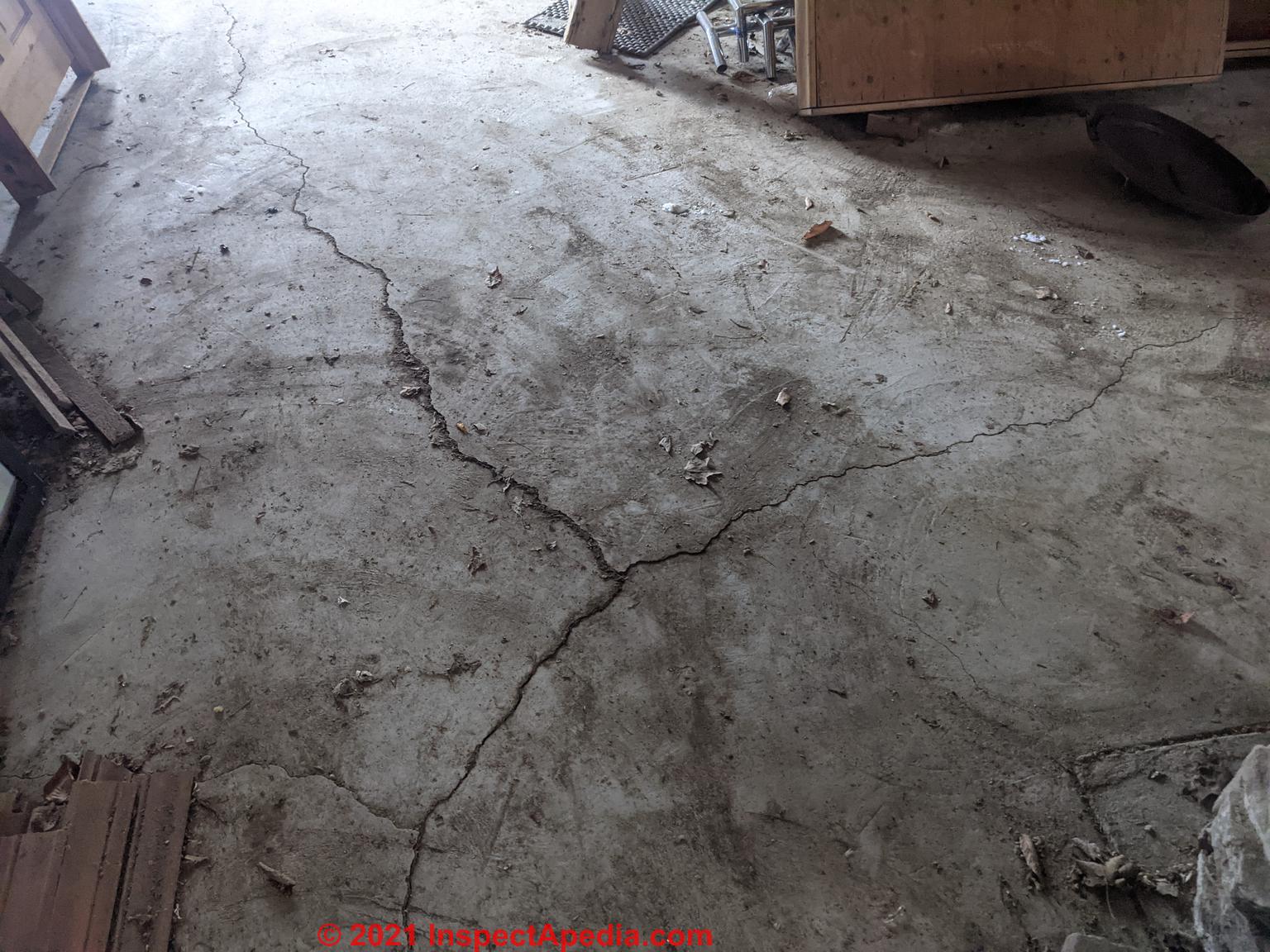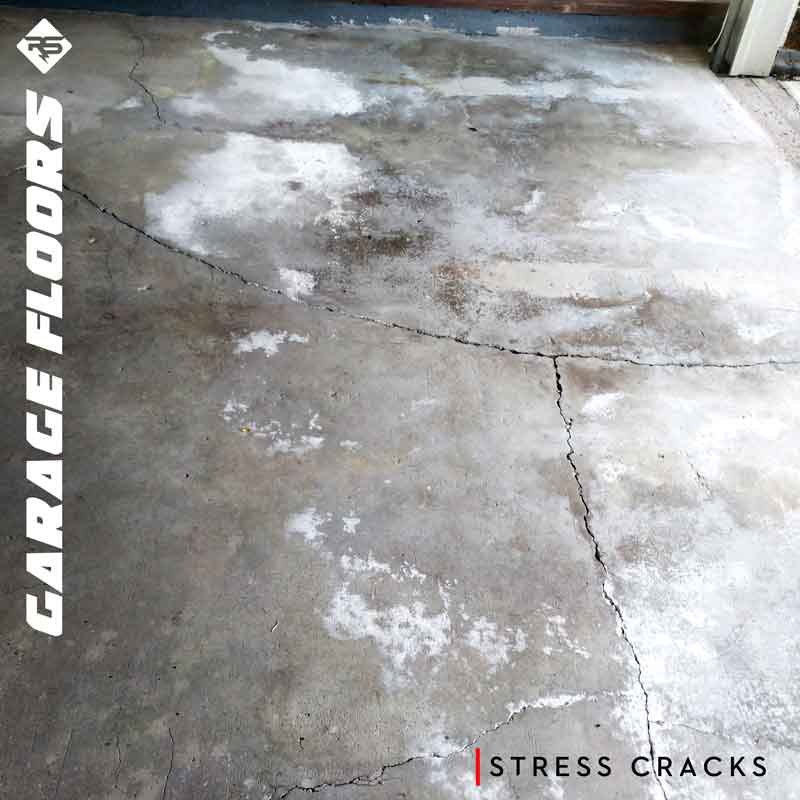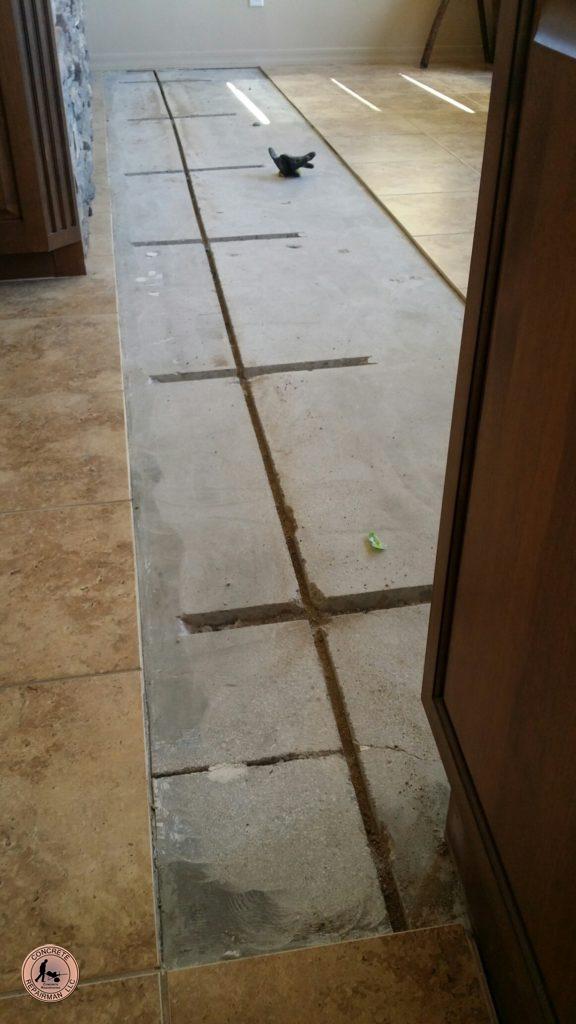

Imagine what would happen to a glass bottle if you secured both ends tight, and then it shrank, even just one millimeter. So while the concrete is struggling to shrink, forces are trying to keep it from moving. However, nobody wants or expects concrete to go where-ever it will: You want it to stay as wide as your foundation, and the Earth that it rests upon doesn’t want to give up on the laws of friction. Concrete does the same thing when it dries, it shrinks.Īs concrete shrinks, it has only one place to go, and that is towards itself. Concrete does not get hard because it dries, the chemical reaction is what makes it hard, the drying is from excess moisture draining into the ground or evaporating into the air.Īs the concrete dries, even after it seems hard, it acts a little like drying mud, you know the sort, you’ve seen it after a mud causing rainstorm it’s filled with a maze of cracks. While the concrete is hardening, it is also drying.

After that, the changes continue but at diminishing rates. The rest of the noticeable hardness happens throughout the duration of that month. This is why you should never drive on new concrete for a minimum of one week. The majority of the hardness happens at this time, and contrary to some rumors you may have heard, the concrete is not flexible at this stage.

The first seven days are the most critical time for concrete. That means, your concrete will keep getting harder as long as you have it. This chemical reaction will last for years after you initially place your concrete. This “mud” as it is often termed, utilizes a chemical reaction that form binding structures with all parts involved. Hopefully, this shape is established before it hardens. When mixed in proper proportions, you end up with a mud that will soon hardened into a rock-solid shape. Don’t worry, we’ll keep this simple.Ĭoncrete utilizes three primary ingredients: 1- water, 2- cement, 3- aggregate (aka rocks).
FLOOR SLAB CRACK REPAIR CRACKED
The Case of The Cracked Slab Concrete 101īefore we get too far, lets have a refresher course in concrete physics. Since we build slab on grade homes, often called patio homes, for most all of our 55+ communities, this is one area that we would like make sure you’re educated on. So today, Lets dive deep into the issue of cracked slabs. This is a rather simple problem, but stressful for some, mostly because it can inspire mixed emotions from fear to anger. Maybe you’re thinking, is this going to be a problem? And what is causing it? Will it get worse? Okay, maybe not, but you’ve still found a crack in your concrete floor, what do you do now? Slab piers: Occasionally it might be prudent to use concrete slab piers and brackets to transfer the weight of the slab to load-bearing soil and lift and level the concrete.There’s an elephant in the room, and I think it stepped on my concrete floor and cracked it.Helical piers: Helical piers are suitable for both light and heavy loads, which can make them appropriate for concrete slab settlement and floor crack repair.Push piers: Push piers reach greater depths than any other type of solution, which can sometimes come in handy for restoring concrete slabs and getting rid of cracks in the process.PolyRenewal is the most popular choice for this type of problem. PolyRenewal: PolyRenewal’s primary application is to lift concrete slabs in a long-lasting, minimally disruptive method, and PolyRenewal is extremely effective at getting rid of cracks in the floor.Here are the many ways Florida Foundation Authority might choose to resolve your floor crack: We have many tools at their disposal to reverse concrete slab settlement and restore the good condition of concrete floors.


 0 kommentar(er)
0 kommentar(er)
